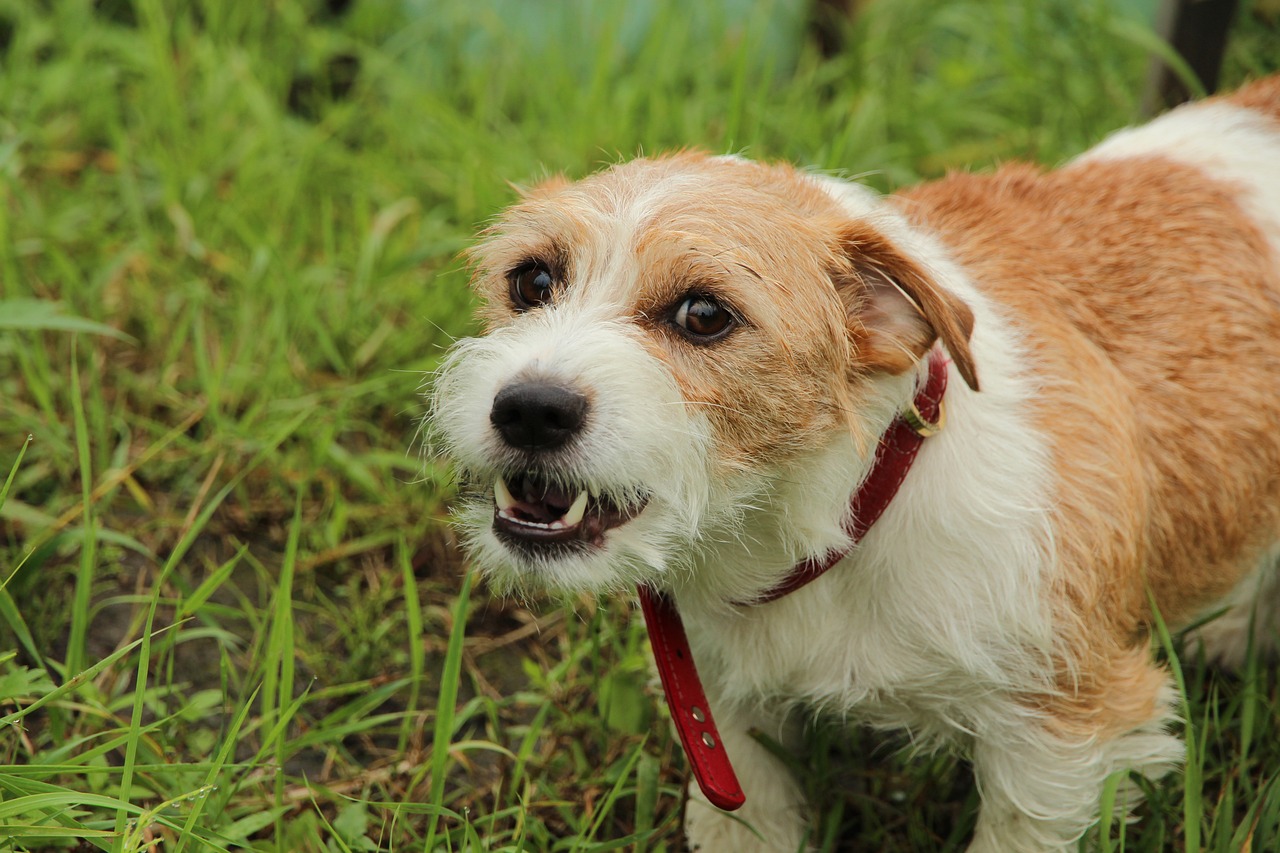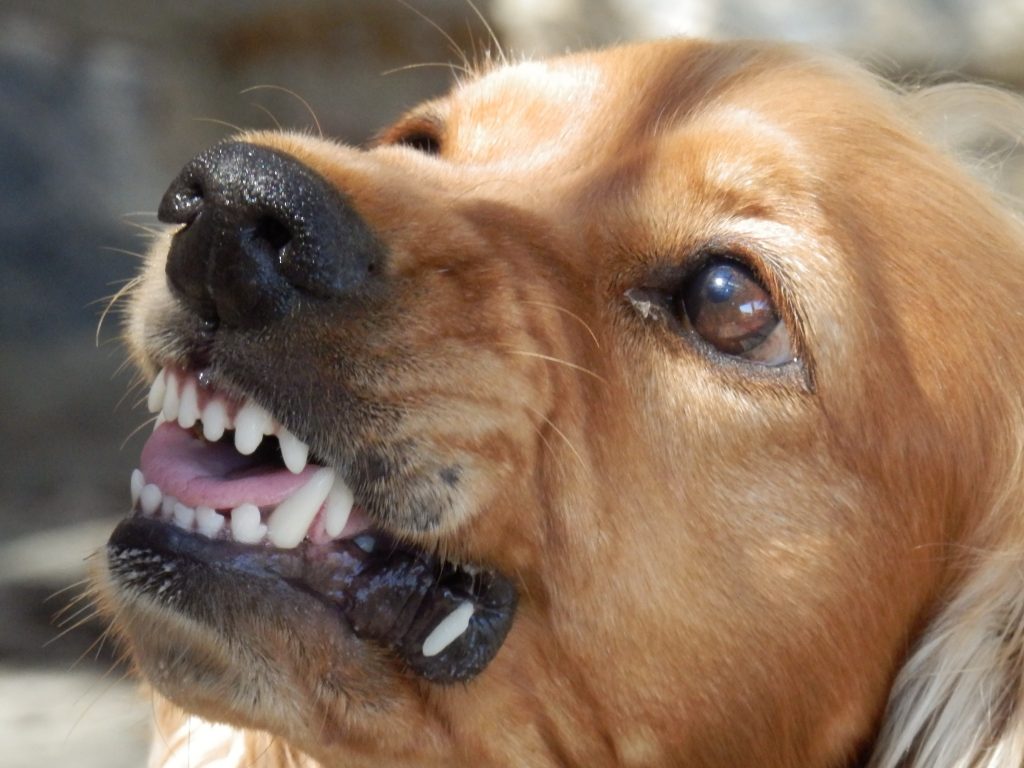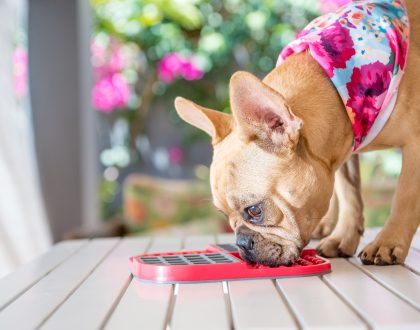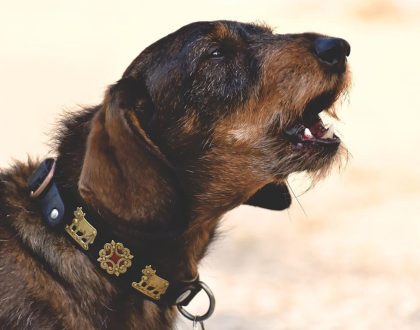Bad Dog Behaviours

7 Common Bad Dog Behaviours and How You Can Stop them
Are you a new dog parent who is worried about how to address their destructive behaviours? Are you someone with a dog who has recently started not to follow your commands? If you feel this way, you must know you are not alone.
Bad behaviour in a dog can be typical, depending upon the dog’s breed, genetics, and environment. These behavioural issues may range from something as small as continuous howling or sometimes as big as chewing everything they see.
Destructive behaviours in dogs can affect the well-being of any household. It is also a great challenge for the pooch owners. Let us discuss a few bad behaviours and what you can do to stop them. Whether you are a new dog owner or an old one, this guide will help you out in the best way possible.
1. Constant Barking or Howling
Constant dog howls and barks can frustrate any dog home as well as the neighbours. When a dog barks, it is usually because of one or more of the following reasons.
- Fear
- Boredom
- Attention seeking
- Territorial instincts.
It is essential to identify the cause so that you may get rid of this bad behaviour. After identification, you must implement training techniques to help eliminate it. Removing the triggers will also help you out to a certain extent.
If your dog barks at passing people, you can close the curtains to block their view or restrict their view of passersby. Another thing that you can do is keep your dog occupied so that they don’t feel bored. Buy them interactive toys to keep them busy.
2. Chewing and Destruction
Chewing is a habit that comes naturally to any dog. However, it may become destructive if your dog targets this behaviour toward a specific object. Again, you must identify the root cause to eliminate this bad behaviour. Some dogs have teething or anxiety problems or do not have chewing outlets where they can redirect their energies.
You can give your dogs chewable toys and rotate them so they don’t get bored. It is essential not to give them toys that resemble things that you don’t want them to chew. So, for example, if you do not want them to chew shoes, then avoid giving them a toy shaped like a shoe.
3. Jumping On Strangers
You may notice your dog jumping and wagging their tail when they are excited. However, when they jump on other people in this state, it becomes a behavioural problem. While it may not harm anyone, it can be inconvenient for others, especially children or older adults. Some dogs may even hump humans. Don’t worry, this action is not a sign of a dog sexually attracted to humans.
To discourage this behaviour, train your dog to use a different form of greeting. Reward your pooches when they behave correctly in public. When your dog jumps up on you, do not give them attention.
This way, they will know that it is not something you appreciate. Give them treats when they meet someone and have all their four paws on the ground.
4. Aggression And Nipping
Aggression and nipping are two behaviours that need prompt attention since they also affect the safety of your family, other people and other animals. Aggression can be a sign of fear or territorial behaviour, possessiveness of the owner, or even lack of socialisation. It is important to identify what triggers your dog to show signs of this bad behaviour.
Most of the time, this behaviour will require help from a professional or a dog therapist. They will suggest behaviour modification plans based on your dog that can help in positive reinforcement. These therapies also teach your dog how to control and channel these emotions in a positive manner.

5. Separation Anxiety
Your dog may develop a particular attachment with you because they may also consider you a parent, similar to your children. Attachment issues can lead to separation anxiety. Such dogs may show signs of distress when you leave them alone.
Signs of anxiety and distress include chewing, pacing back and forth, and house soiling. It is important to be very patient with your paw friend to eliminate this issue.
To manage separation anxiety, it is best to desensitise your dog gradually. Leave him or her for five minutes daily, and then increase this duration. Such practices will help your dog to develop confidence permanently.
6. Leash Pulling
Have you ever noticed your dog pulling their leash while taking them on a walk? If yes, then this is bad behaviour that you need to address. Dogs that pull their leash may do this because they cannot contain their excitement or it could be because of a lack of basic training.
A good solution is to buy a harness with a front clip or a head halter. These will help you to have better control. When taking your dog for a walk, loosen the lease a little. Practice this in an environment with low distraction levels until your dog learns to walk without pulling on the leash.
Give your dog a treat when they walk calmly without tension on the leash. You can then gradually introduce them to busier environments.
7. Urinating or Pooping Indoors
Urinating and defecating indoors can become a frustrating behaviour for many dog owners. It is not always a behavioural issue and may even be medical. Other causes of this bad behaviour include poor training, anxiety, or territorial marking. To solve this issue, you may require help from a professional or medical treatment of the root cause.
Have your dog checked by a veterinarian for kidney or urinary tract issues. Ensure that they do not have any underlying conditions causing them to act this way. If they are healthy, train them properly to help them develop proper habits of peeing and pooping.
Conclusion
Identifying destructive dog behaviours is essential to develop an enjoyable relationship with your canine companion. Rectifying destructive behaviours usually begins with identifying the root cause.
It is important for your dog to understand what the rules are and that you are the leader of the pack. Regardless of whichever poor behaviour your dog develops, there will be different strategies that you can implement.
If one does not work, you can always try a different method. If you feel stressed and overwhelmed, you can also get help from a professional. Remember, patience, firmness and consistency are the main things you will need to help your dog learn good behaviour.
Recommended Posts

Lickimat – 20% OFF
February 27, 2024

Hyperactivity in Puppies
June 22, 2023

How To Handle Aggressive Dachshunds
June 15, 2023

